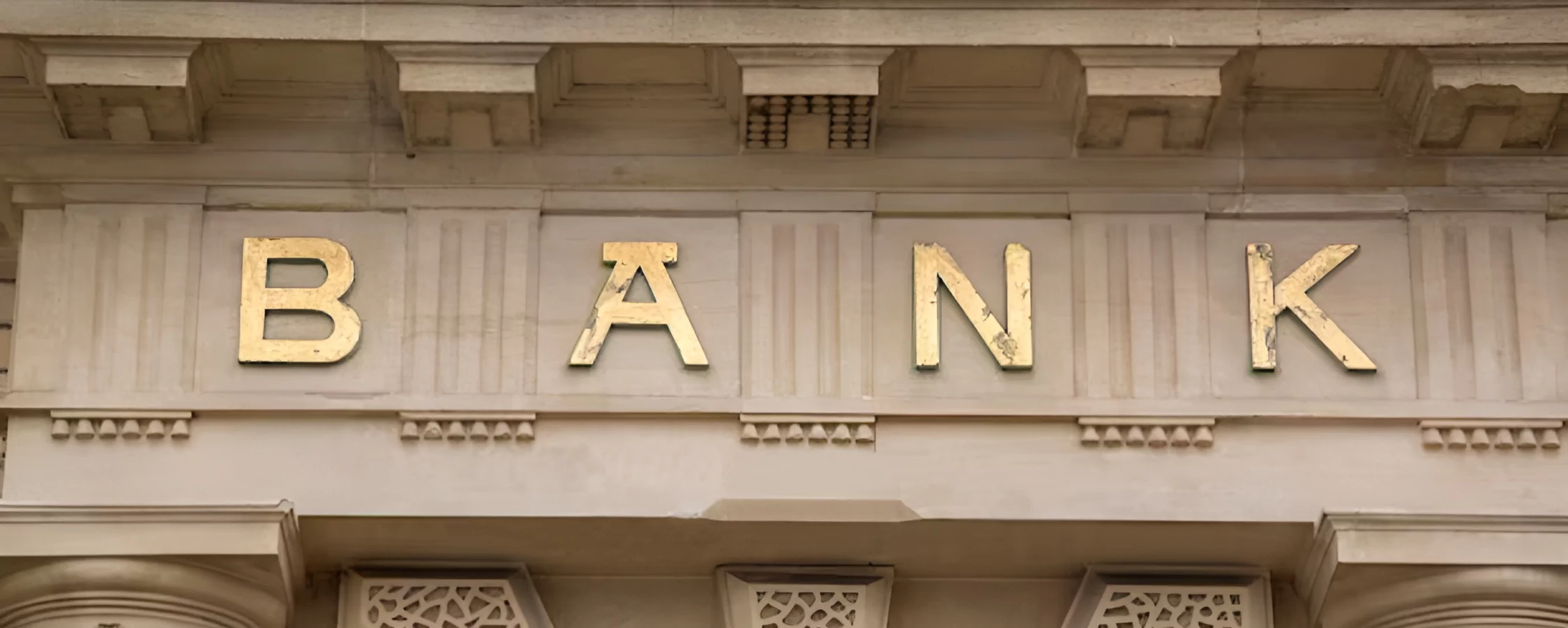As environmental concerns raise global agendas, facilitating private capital flows toward sustainable development has become increasingly important. “Green finance” incorporates various financial tools supporting environmentally friendly business activities and government projects. This article explores definitions of green finance, discusses key sectors driving growth, and outlines popular methods like green bonds channeling investments into climate solutions.
What Exactly is Green Finance?
Broadly defined, green finance incorporates any form of financing supporting environmentally beneficial goals and transitioning society toward low-carbon, climate-resilient growth. This includes investments, loans, equity stakes, and risk management solutions specifically tied to green sectors and renewable technologies. Sustainable finance also considers environmental, social, and governance (ESG) factors holistically across all lending and investing. Forward-thinking firms recognize proactively managing climate transition risks and focusing on green opportunities builds long-term competitiveness and shareholder value.
Why is Green Finance Important For Climate Action?

According to climate researchers, existing public sector budgets fall far short of financing actions required to keep global warming under 2°C. Bridging this gap demands vastly scaled-up private green capital channeling to renewable energy, energy efficiency, sustainable transport, green buildings, and natural carbon sinks. Well-designed carbon pricing regimes and green investment policies can help internalize environmental costs motivating firms to develop climate solutions. Committed green finance therefore plays an indispensable role in transitioning the real economy toward decarbonization goals.
What Sectors Drive Green Finance Growth?
Renewable energy infrastructure like solar, wind, and hydropower constitutes a major sector attracting green bonds and project finance. Green buildings achieving energy efficiency through retrofits or certified new construction also represent enormous markets as the built environment accounts for 40% of energy usage. Sustainable transport infrastructure favoring electric vehicles, mass transit, and active mobility live at the forefront. Meanwhile, climate-smart agriculture and forestry projects tapping carbon offset potential through reforestation absorb investments. Innovation finance moreover seeds new green tech breakthroughs across all domains. As climate concerns deepen, these sectors magnetize more green capital flows.
How Do Green Bonds Support Climate Action?
Green bonds emerged as a popular tool for channeling institutional and retail investor capital into green assets and projects delivering environmental returns. Strictly defined, green bonds must have designated use of proceeds for eligible green projects evaluated by a second opinion provider. Issuers span governments, local authorities, development banks, and corporations financing renewables, water, or pollution prevention with proceeds. Certified green bonds offer an advantage through ESG-conscious allocations fueling growth in this promising market efficiently funding climate solutions.
Does Green Lending Fill Important Gaps?
While bonds deliver large upfront tranches, lending fills the needs of smaller renewable energy projects and energy efficiency upgrades. Commercial banks, development finance institutions, and credit insurers provide construction and term loans for green entrepreneurs. Microfinance also extends green capital at the bottom of the pyramid empowering poor communities through solar home systems or clean cookstoves. Green mortgages stimulate building retrofits and offsite renewable development. Strategic default risk management including green collateralized loan obligations diversifies investor options driving more green bank lending.
What Role Do Green Funds Play?
Investment and pension funds alike strategically integrate green and climate-focused funds meeting growing demand from asset owners and retail investors wishing to align savings with environmental goals. Green equity and debt funds financing listed companies transitioning portfolios strengthen capital market signals favoring low-carbon champions. Private equity and venture capital inspire startups to commercialize green innovations through early-stage backing. Real asset funds invest directly in green infrastructure generating long-term yield. As fiduciary duty prioritizes long-term returns, sustainable investing increasingly becomes the prudent choice.
How Do Green Insurance Products Function?

Insurers develop specialized risk management tools supporting resilience across threatened communities and green sectors. Parametric insurance for instance protects farmers through payouts triggered automatically upon climate disasters reducing vulnerability. Similarly, insurance-linked securities bundle coastal risks transferring burden from taxpayers after extreme weather. Green mortality policies covering whole green loan or bond portfolios reassure impact investors. Emerging offerings help spread climate transition risks society-wide while incentivizing adaptation benefiting insurers and policyholders alike through climate-smart action.
Does Fintech Accelerate Green Finance Innovation?
Digital solutions bringing down transaction costs facilitate mainstreaming green finance further. Crowdfunding portals mobilize small savers toward solar power or green startups. Online marketplaces pair impact investors directly with vetted opportunities. Distributed ledger technologies enhance transparency around green asset origination and performance. Artificial intelligence streamlines green project screening and underwriting. Smart green bonds embed real-time impact reporting motivating issuers. Overall, embracing emerging technologies green-tints vast pools of capital seeking positive social returns.
Conclusion
To transition societies sustainably, it is essential to mobilize private sector green finance through targeted mechanisms as climate change exacerbates social and economic vulnerabilities worldwide. Promising green solutions, including green bonds, banking products, and innovative digital solutions, can effectively scale up much-needed climate capital, resulting in positive environmental outcomes, with ongoing policy, stakeholder, and public support paving the way. All things considered, mainstreaming green finance is a challenge and a shared global responsibility.













